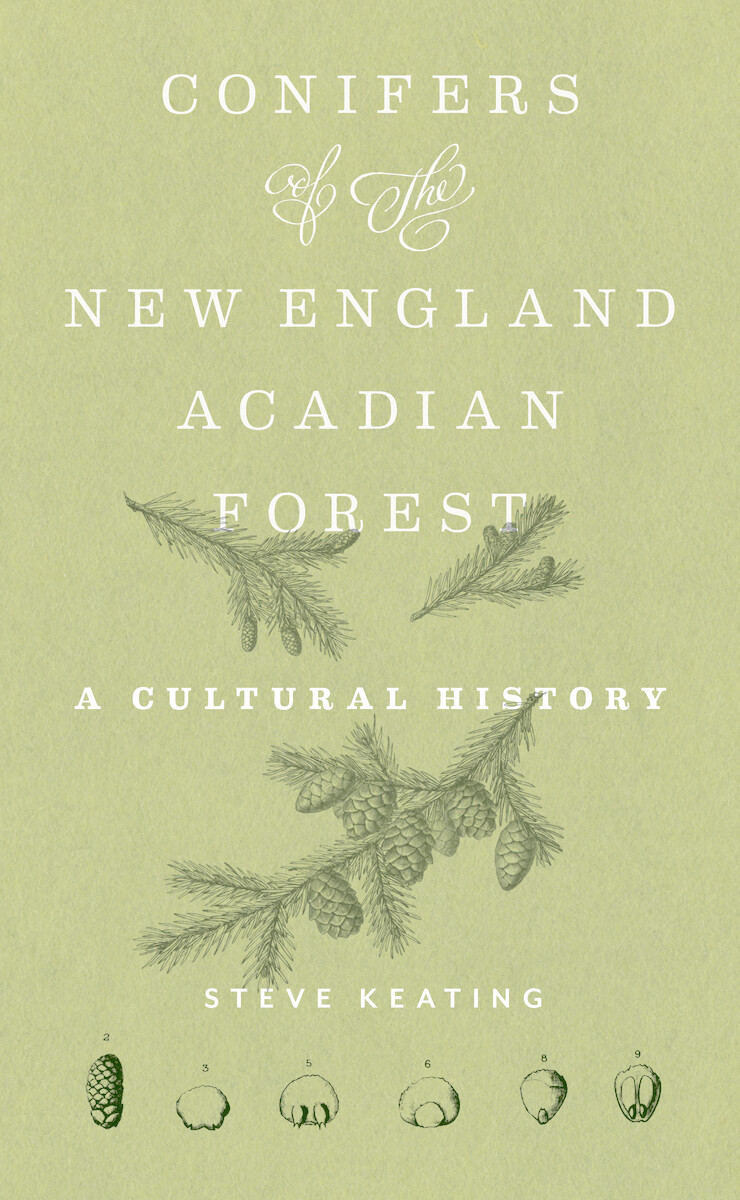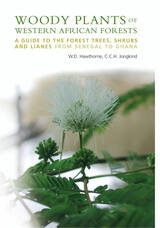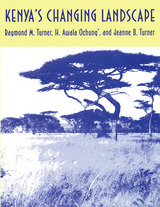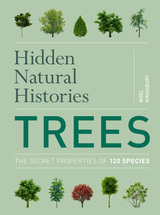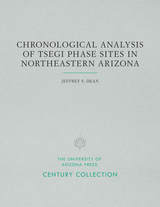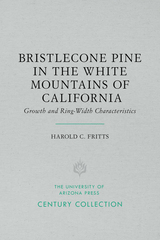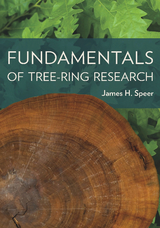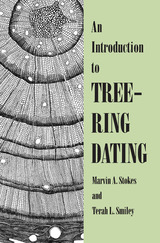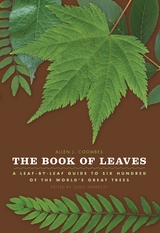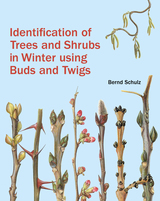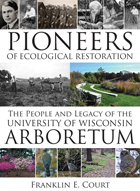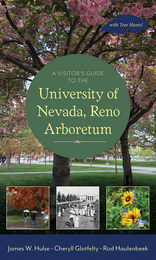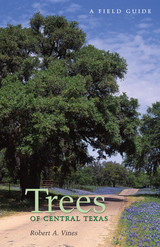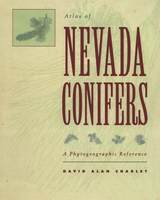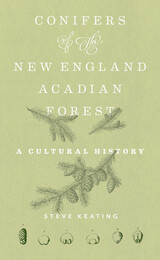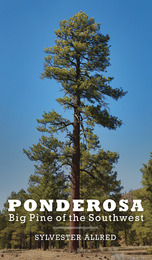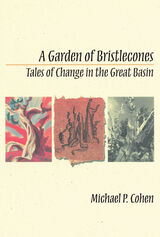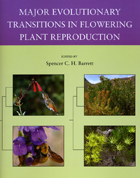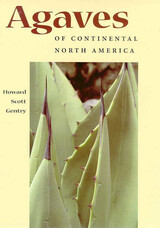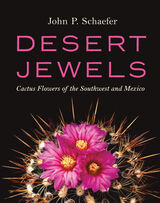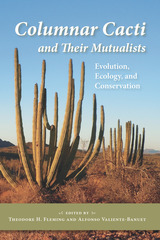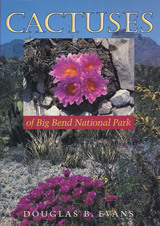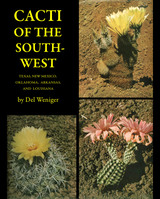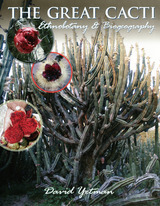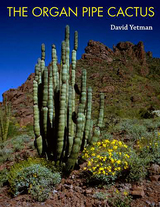Cloth: 978-1-62534-788-6 | Paper: 978-1-62534-787-9 | eISBN: 978-1-68575-063-3
Library of Congress Classification QK494.K43 2024
Dewey Decimal Classification 585.097
Why did white pine help spark the American Revolution? How did balsam aid the development of germ theory? What does hemlock have to do with making leather? In Conifers of the New England–Acadian Forest, microbiologist Steve Keating explores how conifers influenced the course of human history, writing in a style that is both scientific and accessible.
Keating’s study focuses on one of the most forested and wild ecoregions in North America, which extends into New York, New England, and Canada and includes Acadia National Park. Here, spruces, firs, and cedars of the northern boreal forest mix with hemlocks and pines of more temperate climates. This combination helps create the appearance, aroma, and ecology of the region, and the trees’ unique botanical traits have been ingeniously utilized by numerous peoples including the Iroquois, French explorers, beer brewers, and shipbuilders. Keating concludes with identification guides for the conifers and where they can be found in Acadia National Park.
See other books on: Conifers | Cultural History | Forest ecology | New England (CT, MA, ME, NH, RI, VT) | North America
See other titles from University of Massachusetts Press
